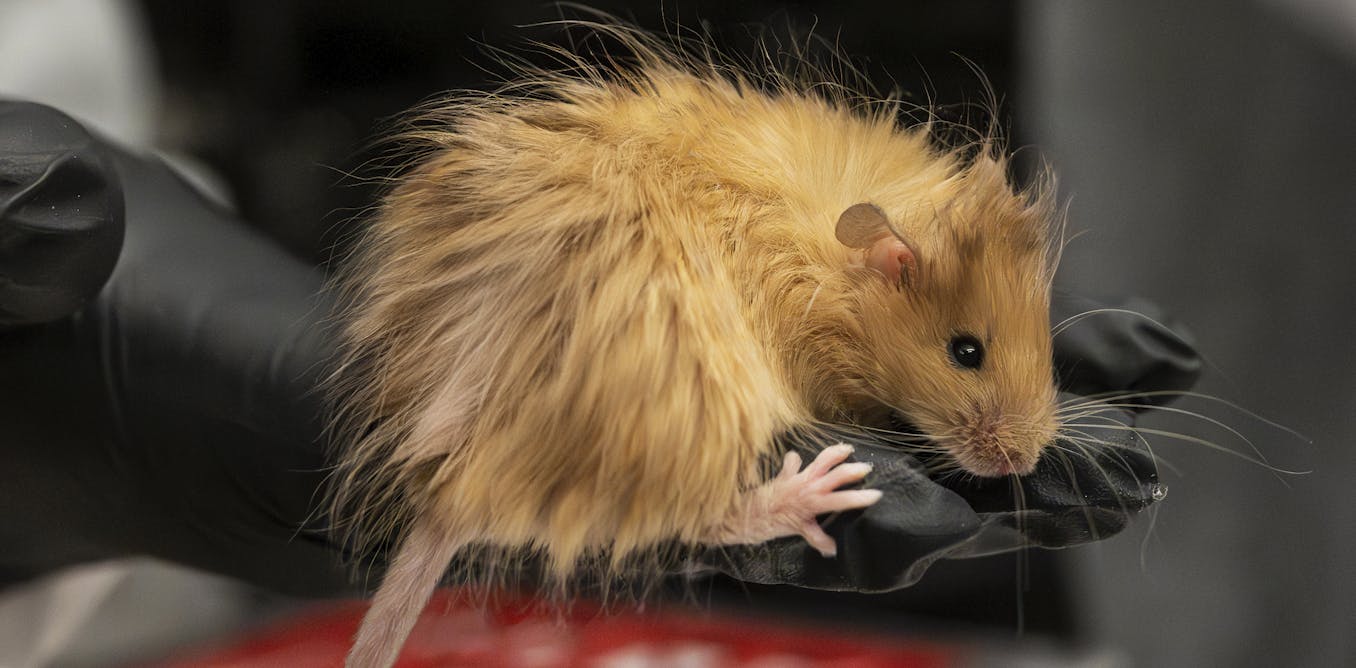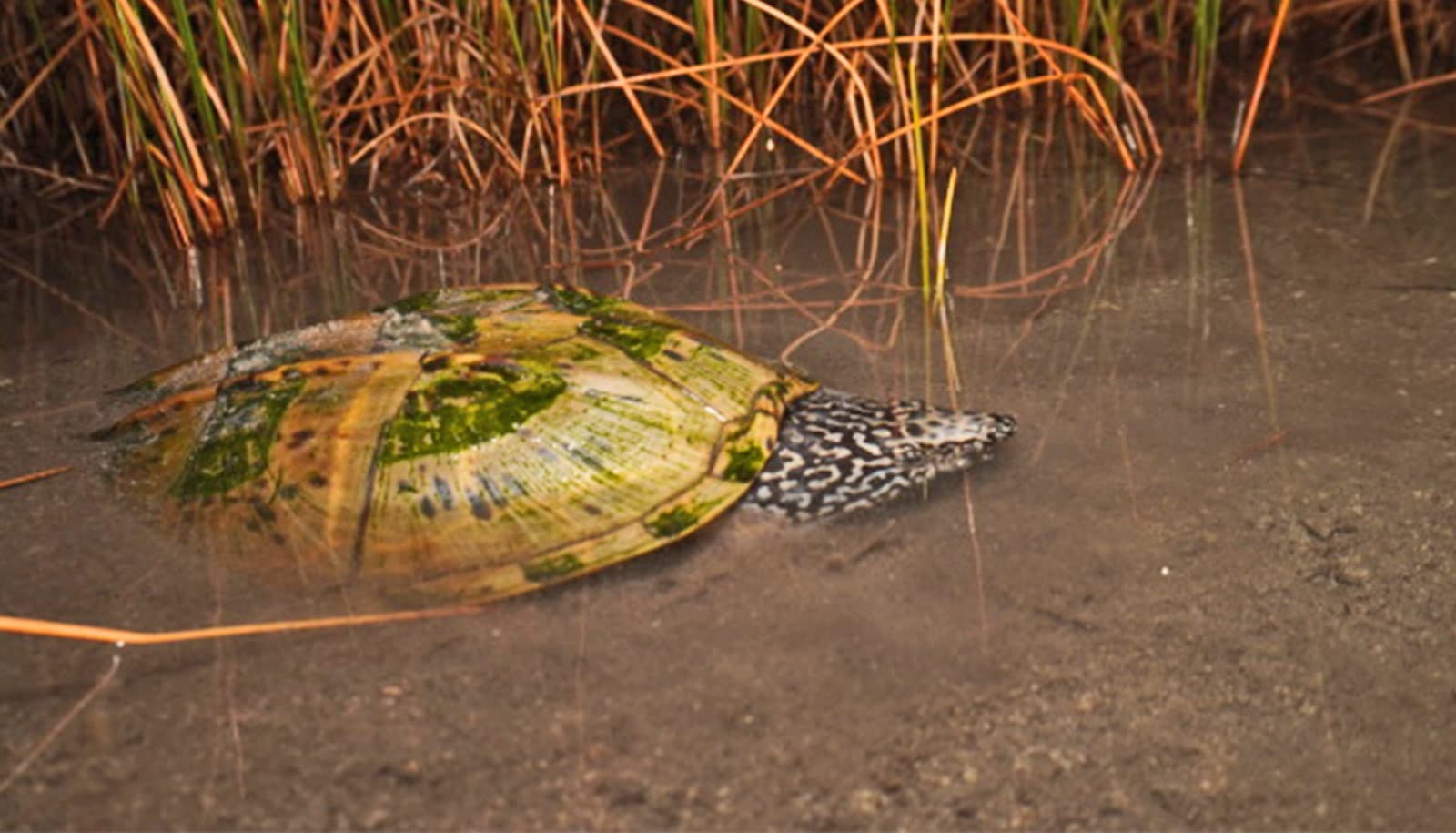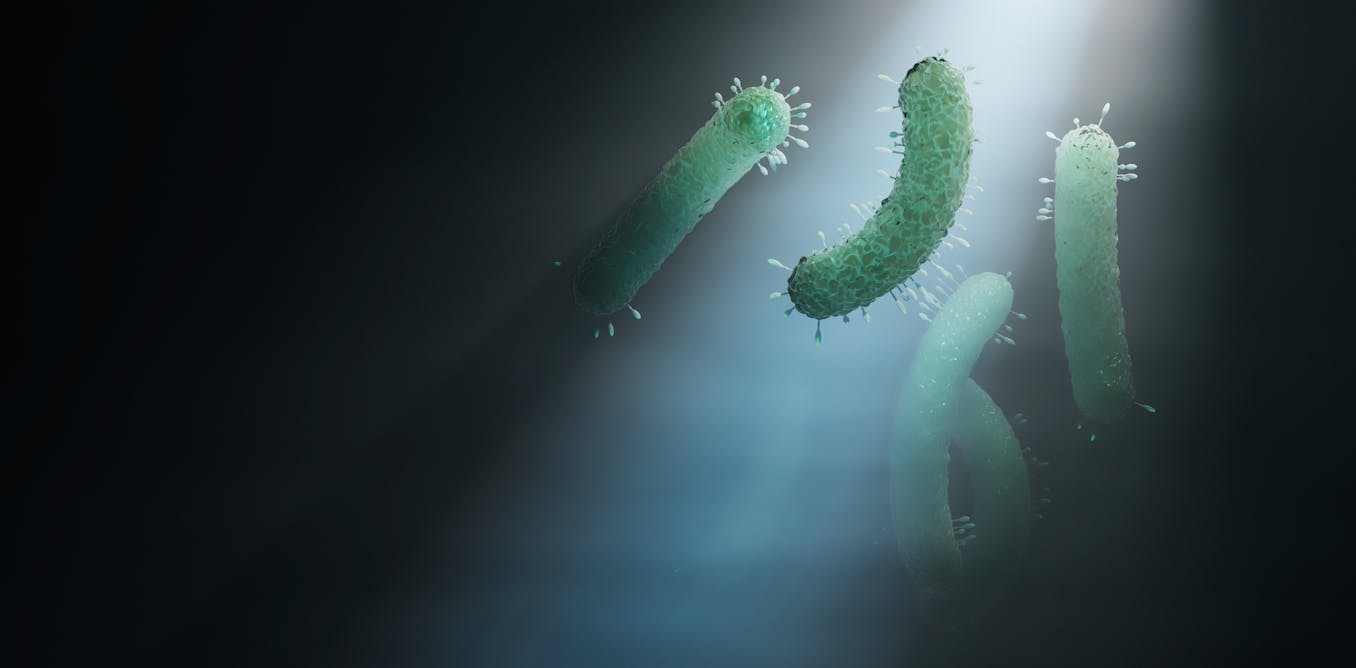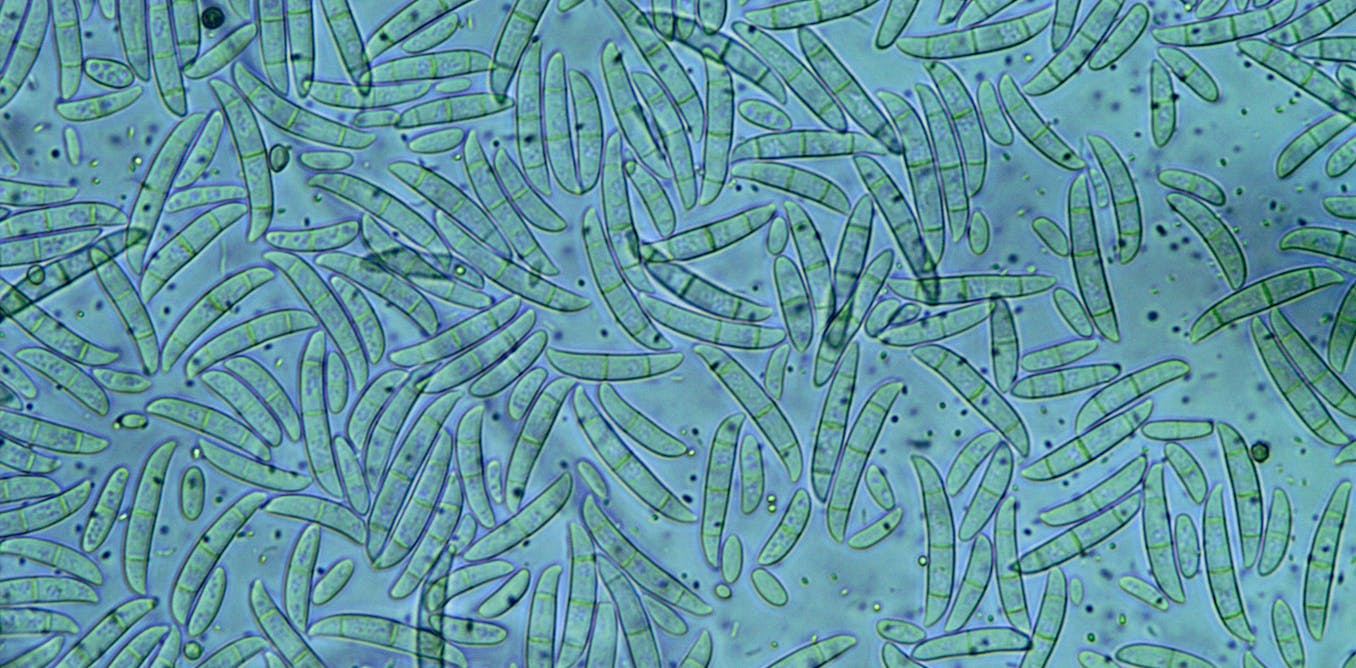Ancient DNA study shows women at the centre of societies in iron age Britain – supporting decades of archaeology
Genetics shows that women stayed put in Late Iron Age Dorset, while men moved to other groups.
Jan. 23, 2025 • ~9 min
Microbes can colonize space, produce drugs and create energy − researchers are simulating their inner workings to harness how
Using digital blueprints of the metabolism of microbes, scientists can simulate expensive and time-intensive experiments set in space, power plants and farm fields.
Jan. 6, 2025 • ~8 min
Plants and animals with bigger genomes grow less efficiently – new research helps explain why they never died out
The size of DNA cells between the biggest and smallest genomes varies by as much as 10,000 times.
Nov. 7, 2024 • ~6 min
Fighting antibiotic resistance at the source – using machine learning to identify bacterial resistance genes and the drugs to block them
By analyzing the resistance genes and proteins of E. coli, researchers can optimize treatments to address both current and future antimicrobial resistance.
Oct. 30, 2024 • ~5 min
DNA reveals secrets of cave-dwelling medieval community that survived conquest and epidemics
It’s unclear why people chose to live in the caves, but DNA is shedding light on their lives.
Aug. 28, 2024 • ~8 min
Banana apocalypse, part 2 – a genomicist explains the tricky genetics of the fungus devastating bananas worldwide
Fusarium oxysporum can infect over 120 plant species. Whether it destroys Cavendish bananas as it did their predecessor depends on the agricultural industry and consumers.
Aug. 16, 2024 • ~6 min
If we want to settle on other planets, we’ll have to use genome editing to alter human DNA
Altering the human genome could help astronauts survive the harsh radiation and effects of weightlessness.
July 23, 2024 • ~7 min
/
25









